


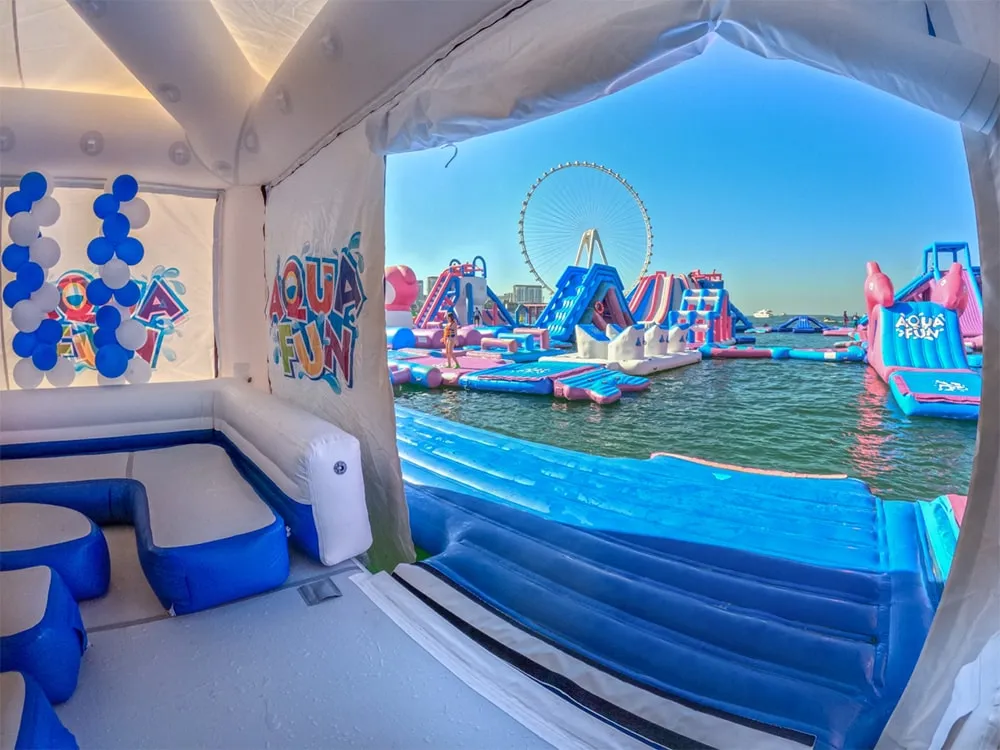

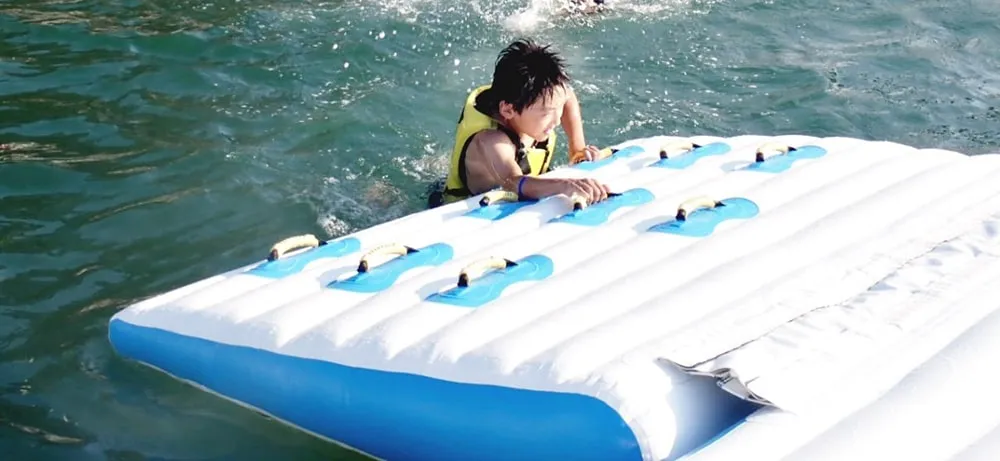
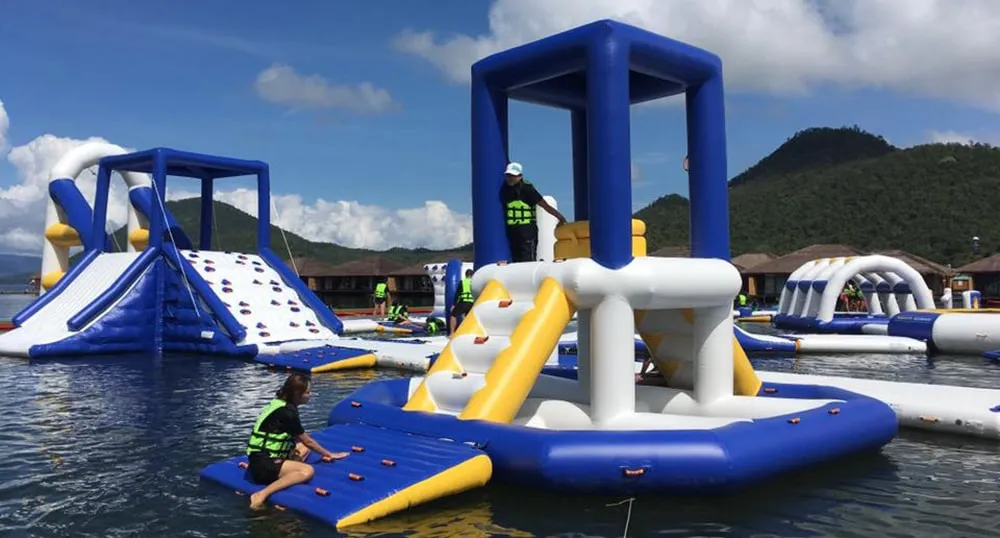
Maintain proper spacing between different functional zones.
For example, separate the thrill zone from the children’s zone with at least one buffer platform or floating runways to reduce wave interference and accidental collisions.
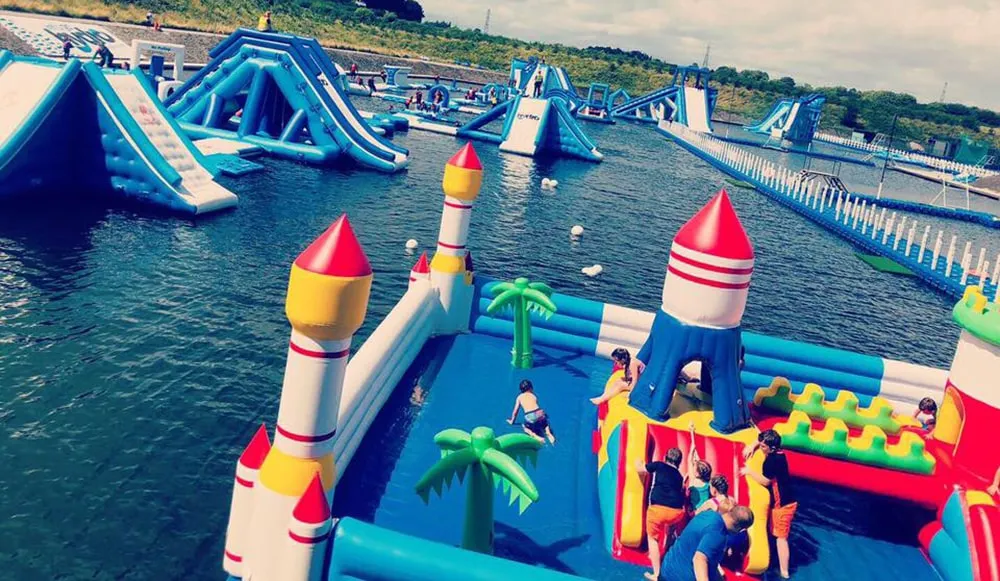
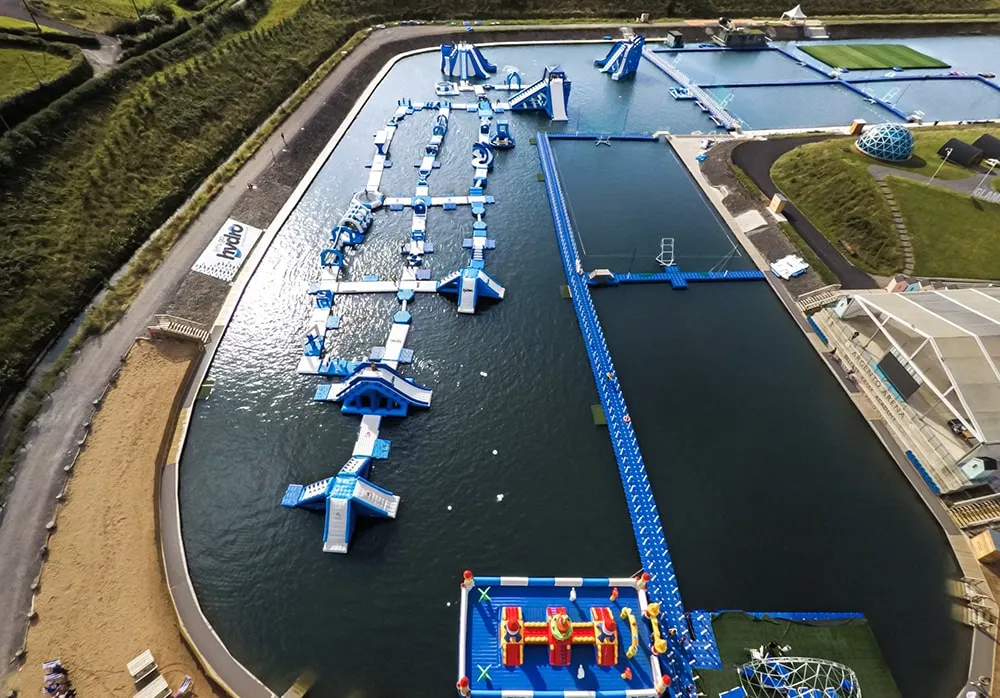
If you want to learn more about us or our products, welcome to leave a message below.
Copyright 2025 – Website by Guangzhou Bouncia Inflatables Limited. All Rights Reserved.